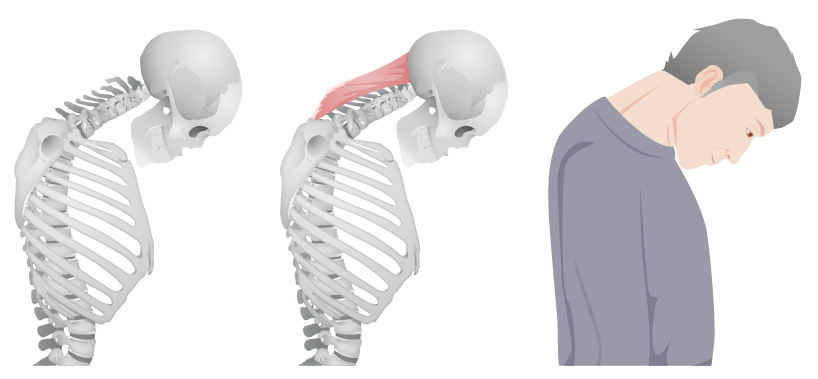Playlist
Show Playlist
Hide Playlist
Creatine Kinase Evaluation
-
Slides Inflammatory Myopathies.pdf
-
Download Lecture Overview
00:00 Creatine kinase. Let us learn more about it. CK has 3 isoenzymes. There are 3 types of CK isoenzymes that are present in the body. The CK-MM form is most abundant in skeletal muscle. 00:15 And we see that about 95% of CK is in the MM isoform and is present in skeletal muscle. 00:22 About 5% or so is in the MB form and we see it in other areas. In particular, we see that in heart muscle in the myocardium. Damage to skeletal muscle leads to increase in MM and increase to a lesser degree in the MB fraction. How about the CK-MB form? This isoform is most abundant in myocardium in the muscle of the heart. Elevation in CK-MB is sensitive for myocardial damage and that's one of the things that we test when we're evaluating for a patient who may have a heart attack. There are other more specific enzymes including troponins that are increasingly used. Damage to the myocardium leads to increase in the MB isoform more so than other CK isoforms. And then there's a third isoform, the CK-BB, which is most abundant in nervous tissue and is rarely tested and not clinically actionable. So when we think about these CK isoenzymes when we're looking at a CK level, we're evaluating each of these 3 enzymes. The CK-BB is found mainly in the brain and not specifically tested. The CK-MB is found in both cardiac and skeletal muscle. And the CK-MB fraction goes up substantially in myocardial damage. The CK-MM is found in the muscle. And that fraction goes up significantly in skeletal muscle injury and in myopathies. And this is the test that we're looking for when evaluating a patient who may have an inflammatory myopathy. Importantly to note in kids in pediatrics, serum CK in adult contains almost no CK-MB, but in kids can contain up to 25% CK-MB. So we need to think about that when we're interpreting CK levels and CK isoenzyme or isoform levels. So, let's think about how we use CK to evaluate patients who are presenting with the muscle disorder. A rise in the level of the CK occurs in diseases of muscle breakdown in the myopathies. And we can see 2 types of elevation. There can be moderate elevations of CK into a thousands, a CK of around a thousand. And remember, normal is about 50 to 150 or so. This moderate elevation in CK is seen in the inflammatory myopathies and should point us in the direction of looking for an inflammatory myopathy, polymyositis, dermatomyositis, maybe inclusion body myositis though we'll understand the caveats there, mecrotizing myopathies, and overlap myositis. What about substantial CK elevations and we can see CKs into the tens of thousands in selected conditions and this actually points us more in the direction of inherited myopathies. The inherited myopathies are disorders of the muscle membrane. There is breakdown of the muscle membrane and massive spilling of CK into the circulating system and this results in substantial elevations in CKs into the tens of thousands. And this is evidence of frank muscle necrosis and should point us in the direction of looking at genetic testing. So, when we're thinking about a muscle disorder when a patient presents with proximal weakness, no sensory complaints, and normal reflexes, and we're thinking that this could be a muscle localization, we want to look for a sign of inflammation and we test the CK. If the CK is moderately elevated into the thousands, we think of the inflammatory myopathies: polymyositis, dermatomyositis, inclusion body, overlap, and necrotizing myositis. If the CK is substantially elevated, and in particular if the patient may be younger, we think of muscular dystrophies that is an inherited muscle condition, as well as selected medications that can cause rhabdomyolysis or necrotizing myopathy. And then sometimes the CK is normal and not elevated. And that pushes us away from inflammatory cause of this muscle condition and towards another type of myopathy, a toxic myopathy, a metabolic myopathy, some infectious myopathies or a paraneoplastic cause of this condition.
About the Lecture
The lecture Creatine Kinase Evaluation by Roy Strowd, MD is from the course Acquired Neuromuscular Diseases.
Included Quiz Questions
Inflammatory myopathies are characterized by...?
- ...moderately elevated levels of CK (~ 1,000s IU/L).
- ...mildly elevated levels of CK-MB (~ 10,000s IU/L).
- ...usually normal CK levels (50–160 IU/L).
- ...moderately elevated levels of CK-BB (~ 1,000s IU/L).
Substantial elevations of CK (~ 10,000s IU/L) are typically seen in...?
- ...hereditary muscle disorders.
- ...polymyositis.
- ...dermatomyositis.
- ...inclusion body myositis.
Customer reviews
5,0 of 5 stars
| 5 Stars |
|
5 |
| 4 Stars |
|
0 |
| 3 Stars |
|
0 |
| 2 Stars |
|
0 |
| 1 Star |
|
0 |






